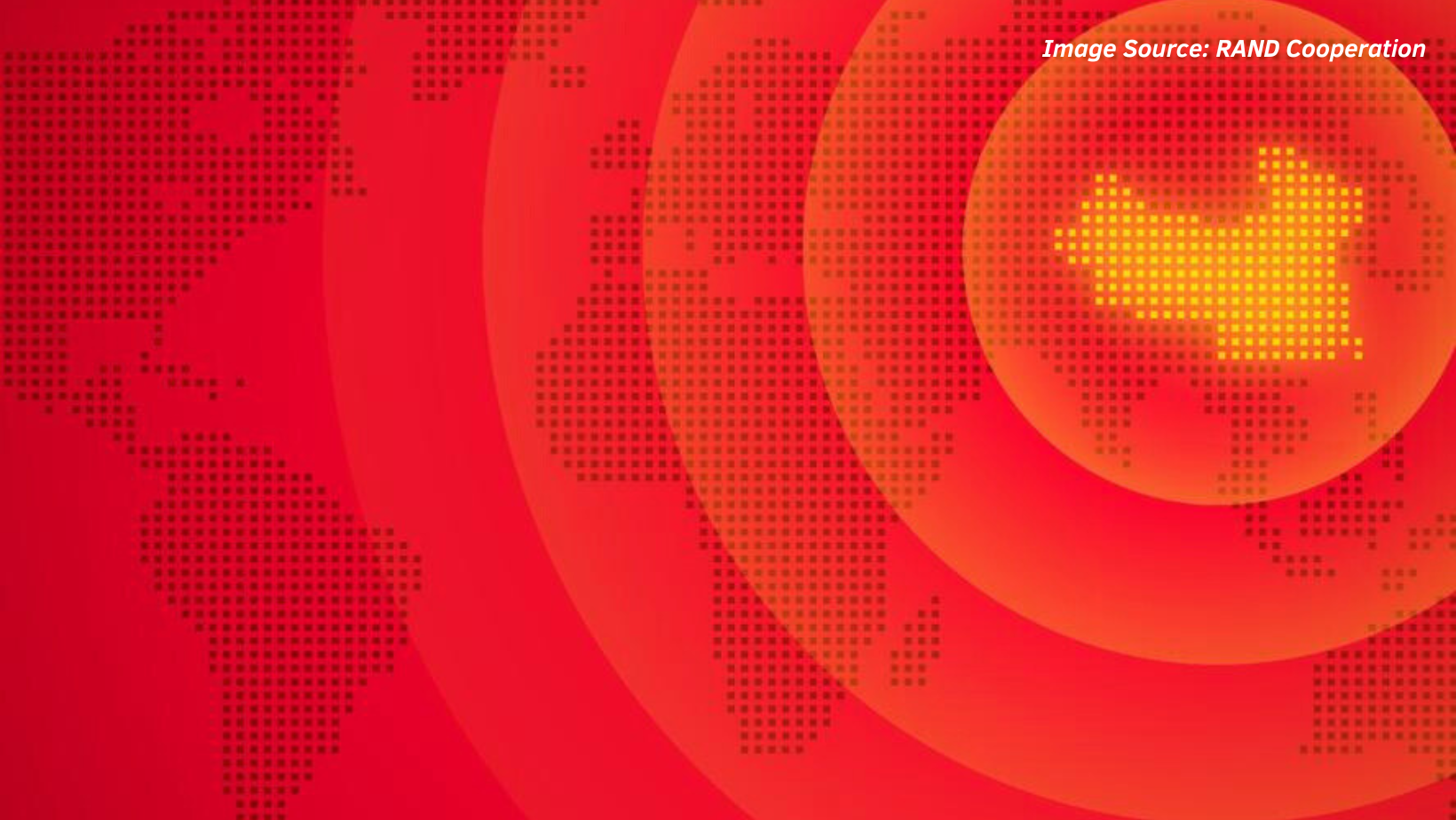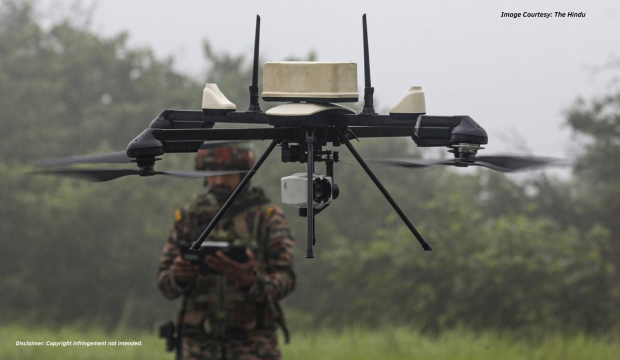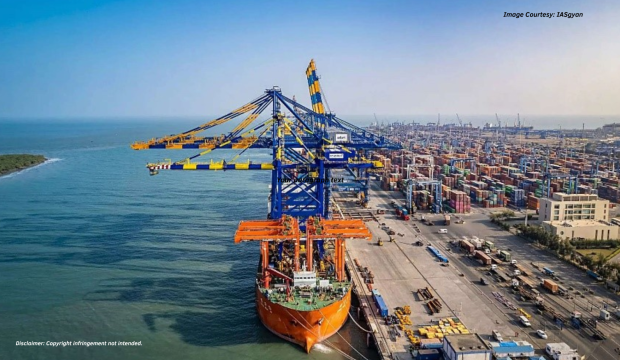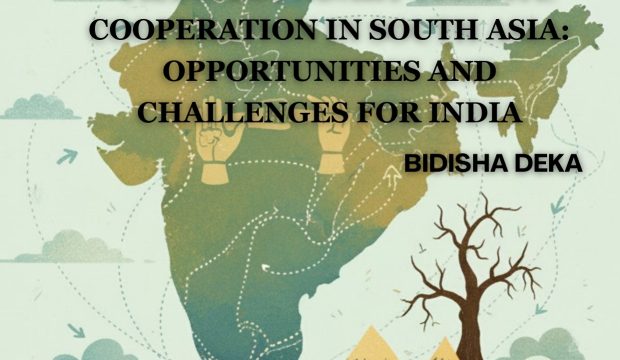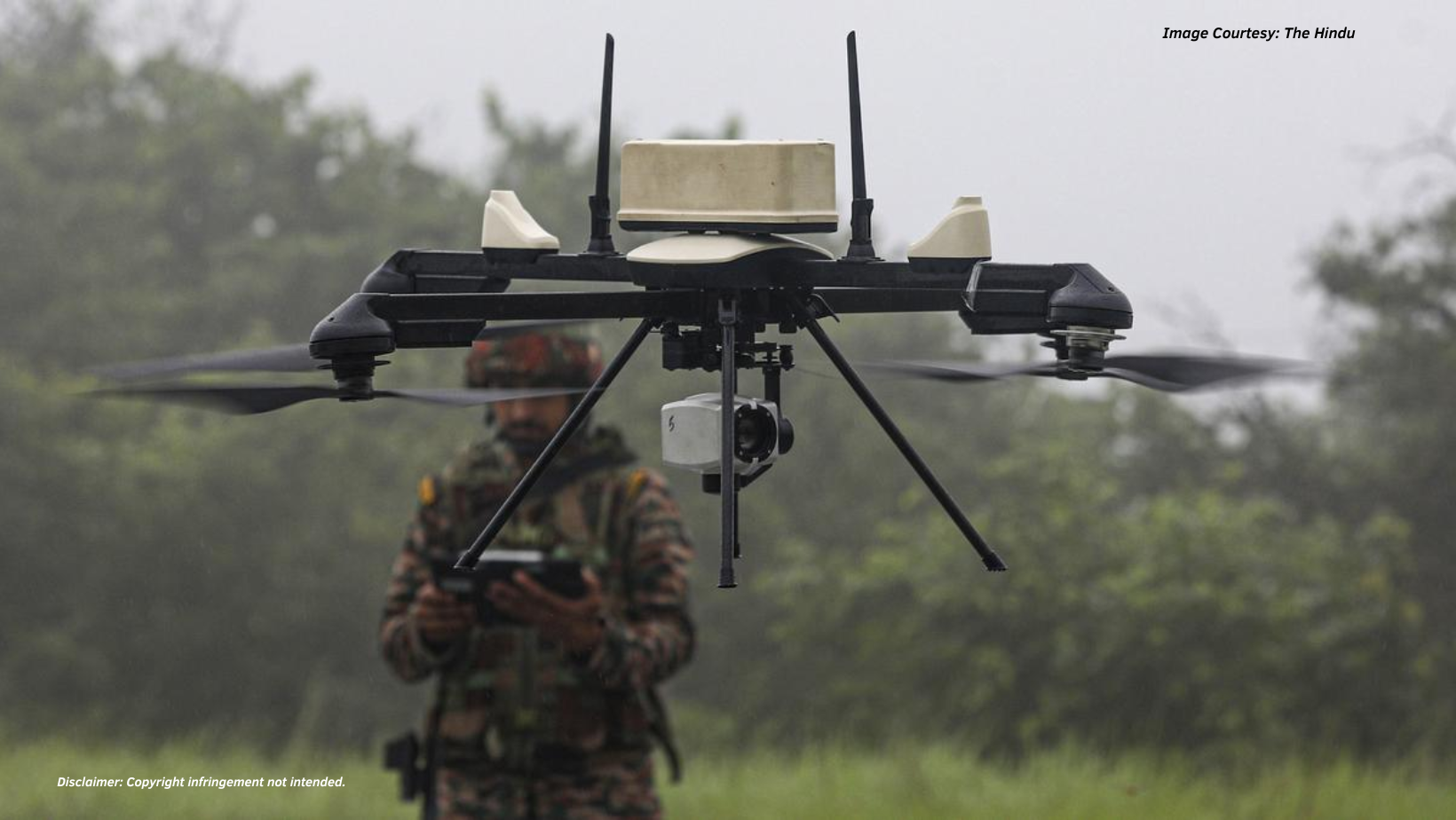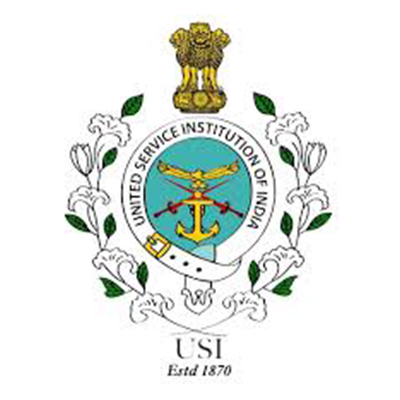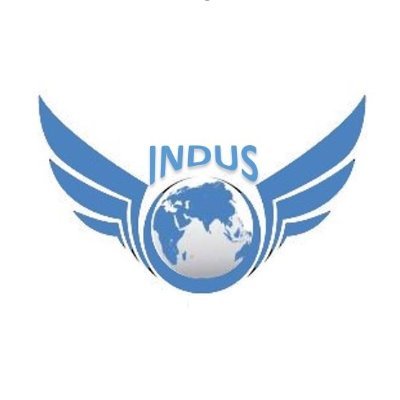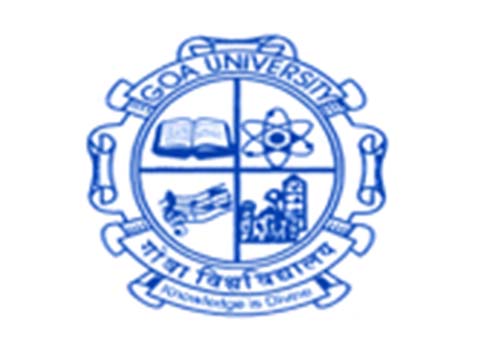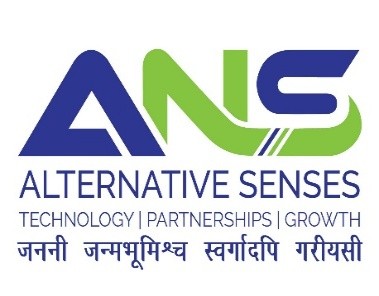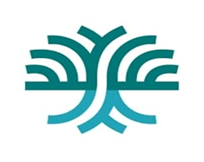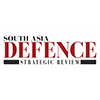Introduction
China’s rise and its growing assertiveness is a much-discussed and debated matter in today’s world. In the aftermath of the Cold War, especially keeping Operation Desert Strom in mind, the book “Unrestricted Warfare: China’s Master Plan to Destroy America” was written by two PLA Colonels Qiao Liang and Wang Xiangsui in 1999[1]. This book reflects the authors’ belief that tactics warfare is evolving and deploying military force for traditional warfare would no longer be effective in achieving the strategic advantage. In this book, they represent ‘unrestricted warfare’ as an alternative to conventional warfare with non-traditional strategies, where there will be no boundaries to employ different tools and parcels to achieve the ultimate objectives.
Over the years, China’s official rhetoric also evolved, and finally, in the revised version of “Political Work Guidelines of the People’s Liberation Army” in 2003, China introduced the concepts of the grand ‘Three Warfare Strategy’ (3W), i.e. Media Warfare, Psychological Warfare, and Legal Warfare. Though, the concepts were not new, but were the modern employment of Sun Tzu’s dictum of ‘deception’, the three strategies can be used as modern-day weapons to achieve the strategic objectives cost-effectively.
Weapon in a broader sense refers to an instrument that can be used in combat operations. Any of the three warfare strategies or combining them, if China is using them to influence public opinion, can be considered as a weapon for managing the broader perception in the region. China’s influence campaigns, as an integral part of its 3W strategy, have no boundaries to operate. The using of financial market influence through monetary exchange rates and stock manipulation is an example of an influence operation[2]. Apart from that, cyber warfare, information warfare, narrative-building through propaganda mechanisms, and legal warfare all can be incorporated under the broader spectrum of Influence operations, if the purpose is to pursue or shape public opinion.
China’s increasing economic and political footprint is an undeniable fact. Many Western countries that have comparative leverage for their stronger state and civil society institutions also struggling with China’s growing influence campaigns, whereas the vulnerable countries, especially in the region of South Asia (SAR), in which China claims itself as a key power have been suffering from China’s increasing activism and influence activities[3]. China’s economic investments and military presence have been on a growing trajectory in SAR, especially in Pakistan, Nepal, Sri Lanka, Bangladesh, and now in Maldives. Understandably, China’s army is the army of the Communist Party of China (CCP), not the army of the country. Hence, there should be a holistic approach to understanding the CCP’s agenda, not in isolation from Beijing’s national interest. Therefore, understanding China’s influence activities needs an all-encompassing approach to assess all of the ways Beijing actively promotes its economic growth model and political outliners as an ‘ideal model’ to achieve countries’ ultimate strategic objectives.
Methods of China's Influence Operations in the South Asian Region (SAR)
In 2021, the Carnegie Endowment for International Peace published a special paper to understand different methods and dimensions of China’s influence activities in the SAR. This paper titled “China’s Influence in South Asia: Vulnerabilities and Resilience in Four Countries”, brought three key dimensions to assess China’s different methods of influence operations:
- Chinese activities to shape or constrain the options for the political and economic elites.
- Chinese influence tactics to shape or constrain the parameters of local media or public opinion.
- China’s impact on local civil society and academia[4]
Based on these three dimensions, the paper selects economic dependence and propaganda efforts as the method to fulfil the objectives of China’s influence operations, The paper discusses the extent of the narrative-building campaigns of Beijing as a means to set propaganda to manipulate public opinion. The third dimension is the most crucial one, where China employs a combination of all the available tactics, sometimes through the United Front department to cultivate friendly voices, especially, in the academia of the SAR.
Influence Operations Through Economic Means
The use of economic means to pursue foreign policy goals, as a part of their influence operations has become a prominent feature of China under President Xi’s regime. The deliberate use of economic ties to achieve geopolitical objectives underpinned by economic investment, and economic coercion to either constraint the development of SAR countries or to facilitate trade and financial flows to influence the target country’s policies. The flagship BRI project of China, under which Beijing has put a huge amount of money is one of the means to align the SAR countries’ economic goals to fulfil China’s strategic interest. For Sri Lanka, the cumulative value of Chinese infrastructure investment in the country amounted to $12.1 billion between 2006 and 2019.[5]

Figure 1: Chinese finance to Sri Lanka[6]
After the announcement of BRI in 2013, all the infrastructure projects of Sri Lanka under Chinese investment came under the BRI umbrella, and Figure 1 also shows that the investment significantly increased from the pre-BRI period. Interestingly, the case study of Sri Lanka conveyed that the aforementioned amount of Chinese investment was 15% of Sri Lanka’s total GDP. However, surprise enough, this is less than other SAR countries in Maldives, Chinese investment is 20% of its GDP and in Pakistan, it is 25% of its GDP[7]

Figure 2: China’s trade in South Asian countries[8]
In recent years, the most powerful sources of Chinese influence have been the economic and financial. Figure 2 demonstrates the imbalances of export and import between China and four others in SAR. Among all the countries, China only has a Free Trade Agreement (FTA) with Pakistan and Maldives. However, with the rest of the countries of SAR, China’s trade accounted for a significant value with an asymmetric pattern of economic partnerships. For example, China is Bangladesh’s top trading partner and in 2021, the bilateral trade between the two countries exceeded USD 25 billion. Over the last five years, Chinese exports to Bangladesh have increased by 88% per annum. In 2022, China exported $15 billion to Bangladesh, whereas Bangladesh exported $85.7 million to China[9]. In April 2024, China exported $2.12 billion and imported only $96.4 million from Bangladesh, which is highly asymmetrical.[10]
Interestingly, apart from the economic considerations there is a couple of other factors behind signing China’s FTA with the countries in SAR. Evidently, China signed FTA with the countries which either it depends for its imports or to access the market in abroad. Even having a significant amount of trade with Bangladesh, Beijing would not prefer to sign FTA with it because of its less dependency. There was no FTA signed before 2001, but since China’s accession in WTO, several analyses have been provided that China’s motive for signing FTA appears to be driven by the goal of its geostrategic interests and expanding political influence over the countries[11]. With the heavy dependence of South Asian countries on Chinese exported products and the importance of China as a large market, the confrontation of countries in SAR with Beijing’s interest is not in their economic interest. Furthermore, China’s increasing embracement for the regional trade liberalisation is also a major reason for China’s rapid ascendence in the global economy.
Additionally, corporations in China play an essential role in enhancing the country’s economic engagement. The unique structure of China’s party-state apparatus offers Beijing the leverage to yield significant influence over the potential manipulations of these entities to shape the policies of the target country. The relationship between Chinese companies and the CCP is very different from that of Western companies and their government system[12]. The concept of ‘Guanxiwang’ is a peculiar concept of social networks between business entities and political spheres[13]. China’s distinctive state-capitalist system with strong ‘Guanxi’ helps the firms to reciprocate Chinese goals. ‘Guanxiwang’ is a typical Chinese concept, associated with its peculiar social network or connection system. Literally, the term ‘Guanxi’ refers to ‘relationships’, in businesses. The term commonly refers to the networks used to open doors for new business deals. The nature of relationship is to have a personal trust and a strong relationship. There are conflicts of interest between the Chinese companies and their foreign policy goals. However, research shows that even Chinese business entities are the primary forces behind the investments under China’s grand project BRI[14].
Influence Operations Through Propaganda Agenda
China has its propaganda department under CCP’s United Front Work Department, which oversees the entire propaganda network domestically and abroad. There are networks of cadres and officers installed in party branches in both the state and bureaucracy, even Chinese and foreign-owned private enterprises to increase the spread of propaganda. Since 2020, reports found that post-review of bidding documents and contracts for Chinese government projects includes software designed to collect more data on foreign nationals. The mining of social media is also becoming a pertinent way for Chinese influence tactics to gain traction vis-a-vis the Chinese disinformation campaign against its adversaries.

Figure 3: Pillars of Chinese propaganda system
(Compiled by the author)
Figure 3 demonstrates the three focused pillars of the Chinese propaganda system. The Confucius institutes established abroad are the major drivers of propagating Chinese culture, lifestyle, and language. The U.S. alone has over 100 Confucius institutes. Buddhism has become a frequent narrative to describe Chinese culture to represent the country as a benevolent leader. Buddhism has emerged as an intrinsic part of China’s public diplomacy in recent years. Under the current regime of Xi Jinping, China’s portrayal of itself as the Buddhist leader has been increasingly becoming an approach to strengthen the relations with Sri Lanka, Thailand, Myanmar, Laos, and Cambodia and counterbalance India’s proud legacy and popularity of Tenzin Gyatso, 14th Dalai Lama, exile in India. In October 2018, the People’s Republic of China (PRC), hosted over 1,000 Buddhist scholars and representatives from all over the world at the Fifth World Buddhist Forum (WBF) in Fujian province. Interestingly, China, even after being an officially atheist country, propagated Buddhism for diplomatic purposes[15].
The advisory body of the US Congress, the US-China Economic and Security Commission, conducted a hearing on the Chinese propaganda and intelligence operations, which provided the few objectives of Chinese propaganda efforts:
- PRC tries to buy friends by cultivating influential figures in different countries
- The state-controlled media is the key driver of the Chinese propaganda agenda
- China targets academicians and think-tank-based researchers[16]
While evidently, China expands its global outreach utilizing its economic and military capability, over the years, China has also offered billions of dollars in grants and aid to foreign educational institutions to shape a positive academic network of Chinese activities abroad[17]. The National Endowment for Democracy in its report concluded that Chinese influence activities through different means is the classic demonstration of China’s ‘Sharp Power’[18]. “Sharp power” is a broader term, which includes different methods even coercion to promote the authoritarian influence over the other countries’ educational systems and media. In 2018, the President of the University of Texas Gregory Fenves rejected funding for the Chinese Public Policy Centre as he feared that it might compromise academic integrity[19].
The founder of the Nepal-China Friendship Forum, Dr Kalyan Raj Sharma was an alumnus of Fudan University of China and was awarded China’s prestigious award Silk Road Friendship Award in 2020, for his tireless contribution to strengthening China-Nepal collaborations[20]. This forum organises BRI conferences every year to discuss the benefits of BRI for Nepal, in particular, and South Asia, in general, which receives vast coverage in mainstream media of Nepal. As a visiting faculty of Kathmandu University, Dr Sharma presents China’s growth experience with the Nepalese students. As a reciprocal Chinese policy, the Chinese government subsidised the salaries of Mandarin teachers, followed by the current mandate of many Nepali private schools to learn Mandarin as a compulsory language[21].
Since the opening of the economy, China adopted the policy of internationalisation of higher education, which has also been included in its foreign policy as a part and parcel of its public diplomacy. China also signed an agreement with Nepal to provide nearly 400 training opportunities including civil servants of Nepal in human resources development and government scholarships[22]. The Confucius Institute of Kathmandu discusses various range of topics, among which one prominent issue of deliberation is the “authoritative image of China among foreigners”. Nepal’s Tribhuvan University has signed a MoU with 18 Chinese universities in different fields, among which two important are Nanjing University and East China University[23]. During the second BRI education fair in Kathmandu in 2019, Krishna Bahadur Mahara, Speaker of the House of Representatives of Nepal, praised the quality of Chinese engineering education. Scholars analysed that the education section of Nepal is going to be one of the most profitable sectors for investment for China in the coming years[24].
Implications For India's Neighbourhood Relations
Economic Dependency and Shifting of Regional Power Dynamics
As discussed previously, China’s investments in India’s neighbourhood region have created economic dependencies, giving leverage to Beijing to control countries’ policies. The countries in the SAR, especially Nepal, and Bhutan, being landlocked countries, feel vulnerable in their maritime connectivity for trade. Nepal, since 1992, has a transit agreement with India to access the port facilities for its trade and commerce[25]. In 2021, when the treaty was renewed, New Delhi provided inland access to Nepalese cargoes. Although Nepal signed the transit treaty with China in 2000, it gained traction only after India’s economic blockade in 2015 in the quest to seek an alternative transit route. This has reduced Nepal’s dependence on India significantly[26].
Political Influence and Coercive Measures
With the growing influence of Beijing, it becomes easier to install its favourable government like in the case of the Maldives which happened recently. China’s propaganda of India’s ‘secret naval-based’ in the Maldives and President Muizzu’s ‘India-out’ campaign have collectively brought the pro-China government to Maldives, a strategically located island country in the Indian Ocean Region (IOR). Also, with the growing presence of Chinese military troops with maritime vessels, namely for research purposes in the IOR, as the region, is the energy lifeline for China; it has become easier to influence countries’ policies and make them favourable to China. During an interview with a journalist, Li Jiming, the Chinese ambassador to Bangladesh, to refrain Dhaka from Joining of Quadrilateral Security Dialogue, the informal grouping of Australia, India, Japan, and the United States. Foreign Minister A.K. Abdul Menon, within a day, responded publicly that Bangladesh is free to choose its foreign policy to protect its national interest[27].
Security Concerns Over BRI
Indian academician Brahma Chellaney invented the term ‘Debt trap’ of China through the eye-wash project BRI. Few scholars emphasised that BRI is a connectivity project with strategic intention, which happened in the case of the Hambantota port of Sri Lanka. The stationing of PLA in the port gives an edge over India’s strategic influence in its neighbourhood. Recently, Maldives also signed a defence pact under which Male will get military assistance from China[28]. After President Muizzu came into power, the Indian military vacated the island country, as agreed by both the Maldives and New Delhi. However, the military pact between China and Maldives, which has been signed recently, appears to be a considerable threat to India’s energy lifeline route through the IOR. President Muizzu has expressed his gratefulness to Beijing for military assistance and stated it as a ‘new era’ of friendship. Moreover, PLA’s presence in the name of maintenance in the China-Pakistan Economic Corridor (CPEC), in the disputed territory of Pak-occupied Kashmir (PoK) is a cause of concern for India[29]. Pakistan government praises Chinese investment in building its infrastructure under CPEC and planning to extend the project in its phase two[30].
Cultural Influence
China’s cultural and educational programs, including the Confucius institutes and scholarships, promote a positive image of China, which, in turn, has the potential to cultivate pro-China sentiments among the future leaders in the SAR countries. Moreover, China’s portrayal of itself Buddhist leader aims to counterbalance India’s historical influence on the origin of Buddhism, undermining India’s influence over its spiritual leadership. Furthermore, the popularity of Chinese cuisine and music and other cultural practices plays a crucial role. Chinese food is a preferable cuisine in SAR, evident from its increasing number of Chinese restaurants and also dishes integration into the local cuisines, even in India. Chinese pop music and movies have been gaining traction, contributing to its soft power that Beijing wields in the region. The rapid increment in the Mandarin language centres in the region in recent years are further embedding the Chinese culture in the South Asian societies[31].
Propaganda Implications
India is a target country of China’s disinformation campaign. In various range of cases, China floated false information against India’s capability. In 2020, when New Delhi banned 200 Chinese applications including the popular TikTok, the IT ministry provided various reasons ranging from threat to defence, data mining, stealing of data, and so on[32]. However, the prominent reason for banning TikTok was to use the platform for Beijing’s propaganda agenda, which has been becoming infectious among the Indian youth, who used to be fond of using that application.
Recommendations
Considering China’s growing footprint to influence the public opinion in SAR, New Delhi needs to undertake certain measures:
- India should encourage regional integration to access the market in South Asian countries. While India’s stepping out from RCEP is understandably the presence of China in the initiative, India should bring economic integration proposals for its neighbourhood region. Moreover, Indian enterprises should increase their footprint in Nepal and Bangladesh to counterbalance China’s presence in those countries. India should encourage joint ventures to augment investment and create a more conducive investment environment for the country. Against the backdrop of China’s vague terms of loans under the BRI project, India should offer the loan with clearer terms and long-term benefits, with a focus on sustainable development projects to enhance international support.
- In terms of countering China’s propaganda agenda, India should support independent media outlets in South Asian countries to provide balanced reporting and countering Chinese misinformation. The International Federal of Journalists has released a report on the 22nd Annual South Asia Press Freedom Report for 2023-24, titled “Artificial Independence: The Fight to Save Media and Democracy, where it argued that the number of independent media outlets is increasing trajectory. India should use this growth as an opportunity to pursue its narrative. India also should offer fellowships to the journalists of the SAR for better media collaborations[33]. India should actively promote positive narratives, which it brilliantly did during its G20 Presidency vis-a-vis Chinese disinformation campaign.
- There is a need for India to increase the academic exchange programs and scholarship quota for the students from the SAR to study in India. This will help to reduce the influence of Chinese academic institutions. India should support financially the local think tanks and research institutions to conduct independent research on regional issues, which will foster a more informed and balanced discourse.
Conclusion
China’s influence operations in SAR owing to economic dependence, and imbalances in trade underscores countries’ inability to raise their voice against Beijing’s inappropriate measures. The overdependence on Beijing’s investment under BRI and lack of alternative loan-providing institutions underscores countries’ limitations to protect themselves from China’s inappropriate measure. South Asia, being the natural periphery of India, New Delhi is more cautious about China’s growing footprint in the region. Moreover, China’s disinformation campaign through media, and channelising the academia in its favour through various favourable policies and cultural diplomacy in the SAR has been becoming more evident in recent days. New Delhi will have to be proactive in diversifying trade and investments and owing to soft power, India should leverage its true potential in its neighbourhood to counter China’s influence operations. Leveraging India’s soft power in diplomatic measures, New Delhi should capitulate its cultural and historical ties with the South Asian countries. The democratic values of India and its growing stature economically and in international platforms should be promoted by India as a driver to strengthen its relationships with its neighbours. Adopting a multifaceted approach which incorporates economic resilience, cultural exchanges and academic exchanges as the elements of strategic diplomacy, New Delhi can counterbalance China’s influence operations in SAR and will be able to maintain its leadership in the region.
DISCLAIMER
The paper is author’s individual scholastic articulation and does not necessarily reflect the views of CENJOWS. The author certifies that the article is original in content, unpublished and it has not been submitted for publication/ web upload elsewhere and that the facts and figures quoted are duly referenced, as needed and are believed to be correct.
Endnotes
- Moers, Lucas. “The Art of War Without Limits.” Atlantisch Perspectief 47, no. 1 (2023): 26-31. The Art of War Without Limits: Analyzing China’s ‘Unrestricted Warfare’ in the Context of Ukraine Analyzing China’s ‘Unrestricted Warfare’ in the Context of Ukraine on JSTOR
- Pal, Deep. 2021. “China’s Influence in South Asia: Vulnerabilities and Resilience in Four Countries.” Carnegieendowment.org. October 13, 2021. https://carnegieendowment.org/research/2021/10/chinas-influence-in-south-asia-vulnerabilities-and-resilience-in-four-countries?lang=en
- Mattis, Peter. 2018. “China’s ‘Three Warfares’ in Perspective.” War on the Rocks. January 30, 2018. https://warontherocks.com/2018/01/chinas-three-warfares-perspective/.
- ibid
- Wignaraja, Ganeshan, Dinusha Panditaratne, Pabasara Kannangara, and Divya Hundlani. 2020. “Chinese Investment and the BRI in Sri Lanka.” https://www.chathamhouse.org/sites/default/files/CHHJ8010-Sri-Lanka-RP-WEB-200324.pdf.
- ibid
- Basarkar, Rhea. 2024. “The Maldives Is Moving toward China. Here’s What to Know.” Council on Foreign Relations. May 2, 2024. https://www.cfr.org/in-brief/maldives-moving-toward-china-heres-what-know.
ibid
- OEC. 2024. “China (CHN) and Bangladesh (BGD) Trade | OEC.” OEC – the Observatory of Economic Complexity. 2024. https://oec.world/en/profile/bilateral-country/chn/partner/bgd.
- ibid
- Zeng, Ka. 2016. “China’s Free Trade Agreement Diplomacy.” The Chinese Journal of International Politics 9 (3): 277–305. https://www.jstor.org/stable/pdf/48615954.pdf?ab_segments=&initiator=.
- Wu, Jiyun, and D. Kirk Davidson. “The business‐government‐society relationship: A comparison between China and the US.” Journal of Management Development 30, no. 1 (2011): 112-125. out_8-libre.pdf (d1wqtxts1xzle7.cloudfront.net)
- Jayaraman, Karthik. “Doing business in China: A risk analysis.” Journal of Emerging Knowledge on Emerging Markets 1, no. 1 (2010): 7. Doing Business in China: A Risk Analysis (kennesaw.edu)
- Piekos, William. 2023. “Investigating China’s Economic Coercion: The Reach and Role of Chinese Corporate Entities.” Atlantic Council. November 6, 2023. https://www.atlanticcouncil.org/in-depth-research-reports/report/investigating-chinas-economic-coercion/.
- Ramachandran, Sudha. 2019. “Rivalries and Relics: Examining China’s Buddhist Public Diplomacy.” Jamestown. March 5, 2019. https://jamestown.org/program/rivalries-and-relics-examining-chinas-buddhist-public-diplomacy/.
Misra, Ashutosh, Eric Larson, Richard Darilek, Daniel Gibran, Brian Nichiporuk, Amy Richardson, Lowell Schwartz, and Cathryn Quantic. 2018. “Attitudes and Persuasion. Hove: Contemporary Books. Also See.” Sage publications. https://iaie.org.au/wp-content/uploads/2018/08/Ashutosh-MIsra-Chinese-Influence-Operations.pdf.
- Shen, Simon. 2020. “The World Is Awakening to China’s Sharp Power.” Thediplomat.com. June 23, 2020. https://thediplomat.com/2020/06/the-world-is-awakening-to-chinas-sharp-power/.
- National Endowment for Democracy. 2017. “‘Sharp Power: Rising Authoritarian Influence’: New Forum Report.” NATIONAL ENDOWMENT for DEMOCRACY. December 5, 2017. https://www.ned.org/sharp-power-rising-authoritarian-influence-forum-report/.
- ibid
- Gauttam, Priya, Bawa Singh, and Vijay Kumar Chattu. “Higher education as a Bridge between China and Nepal: Mapping education as soft power in Chinese foreign policy.” Societies 11, no. 3 (2021): 81. (PDF) Higher Education as a Bridge between China and Nepal: Mapping Education as Soft Power in Chinese Foreign Policy (researchgate.net)
- Deccan Herald. 2019. “Nepal Schools Make Chinese Language Compulsory.” Deccan Herald. June 15, 2019. Nepal schools make Chinese language compulsory (deccanherald.com)
- Xinhua. 2019. “Over 100 Nepali Students to Study in China under Government Scholarship – Xinhua | English.news.cn.” Www.xinhuanet.com. August 28, 2019. http://www.xinhuanet.com/english/2019-08/28/c_138343188.htm
- CIKU. 2017. “:: Confucius Institute at Kathmandu University.” Ci.ku.edu.np. 2017. https://ci.ku.edu.np/index.php?go=vol10-1
- Pandey, Avasna. 2020. “Economics and Influence: Chinese Investment in Nepal • Stimson Center.” Stimson Center. November 12, 2020. https://www.stimson.org/2020/economics-and-influence-chinese-investment-in-nepal/
- Nepal embassy. 2024. “Trade and Commerce.” New Delhi, India – Embassy of Nepal. 2024. https://in.nepalembassy.gov.np/trade-and-commerce/
- Nayak, Nihar R. 2018. “Nepal-China Transit Agreement: An Evaluation.” Https://Idsa.in. September 27, 2018. https://idsa.in/system/files/issuebrief/ib-nepal-china-transit-agreement-270918_0.pdf
ibid
- Regan, Helen. 2024. “Maldives Signs China Military Pact in Further Shift Away from India.” CNN. March 6, 2024. https://edition.cnn.com/2024/03/05/asia/maldives-china-military-assistance-pact-india-intl-hnk/index.html
- USIP. 2020. “China’s Influence on Conflict Dynamics in South Asia USIP SENIOR STUDY GROUP FINAL REPORT.” https://www.usip.org/sites/default/files/2020-12/20201216-chinas_influence_on_conflict_dynamics_in_south_asia-report.pdf
- Pakistan Today. 2024. “Pakistan, China Working to Define Parameters of CPEC Phase-II: Ahsan Iqbal.” Pakistantoday.com. May 10, 2024. https://www.pakistantoday.com.pk/2024/05/10/ahsan-iqbal-holds-media-interaction-in-beijing-highlighting-pakistans-commitment-with-cpec/
- Liu, Xin. “China’s cultural diplomacy: a great leap outward with Chinese characteristics? Multiple comparative case studies of the Confucius Institutes.” Journal of Contemporary China 28, no. 118 (2019): 646-661. China’s Cultural Diplomacy: A Great Leap Outward with Chinese Characteristics? Multiple Comparative (tandfonline.com)
- News18. 2023. “India Bans over 200 Chinese Apps: All You Need to Know.” News18. February 6, 2023. https://www.news18.com/news/tech/india-bans-over-200-chinese-apps-all-you-need-to-know-7005385.html
- International Federation of Journalists. 2024. “South Asia: IFJ Launches 22nd Annual South Asia Press Freedom Report / IFJ.” Www.ifj.org. May 3, 2024. https://www.ifj.org/media-centre/news/detail/category/press-releases/article/south-asia-ifj-launches-22nd-annual-south-asia-press-freedom-report


